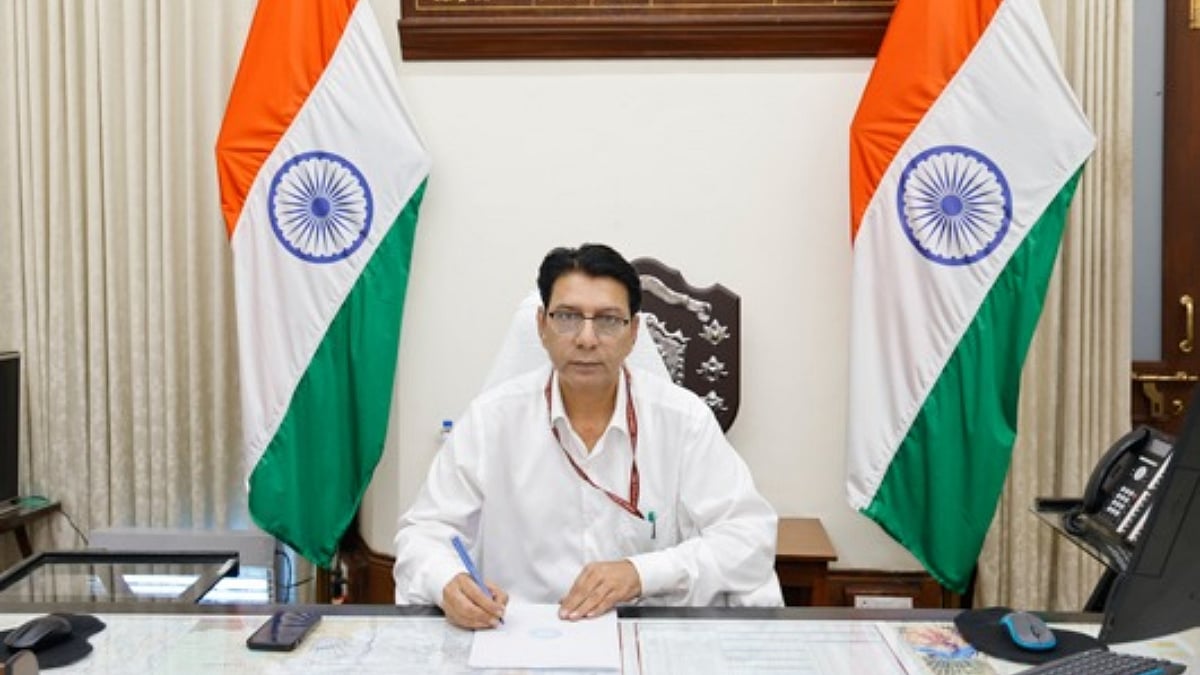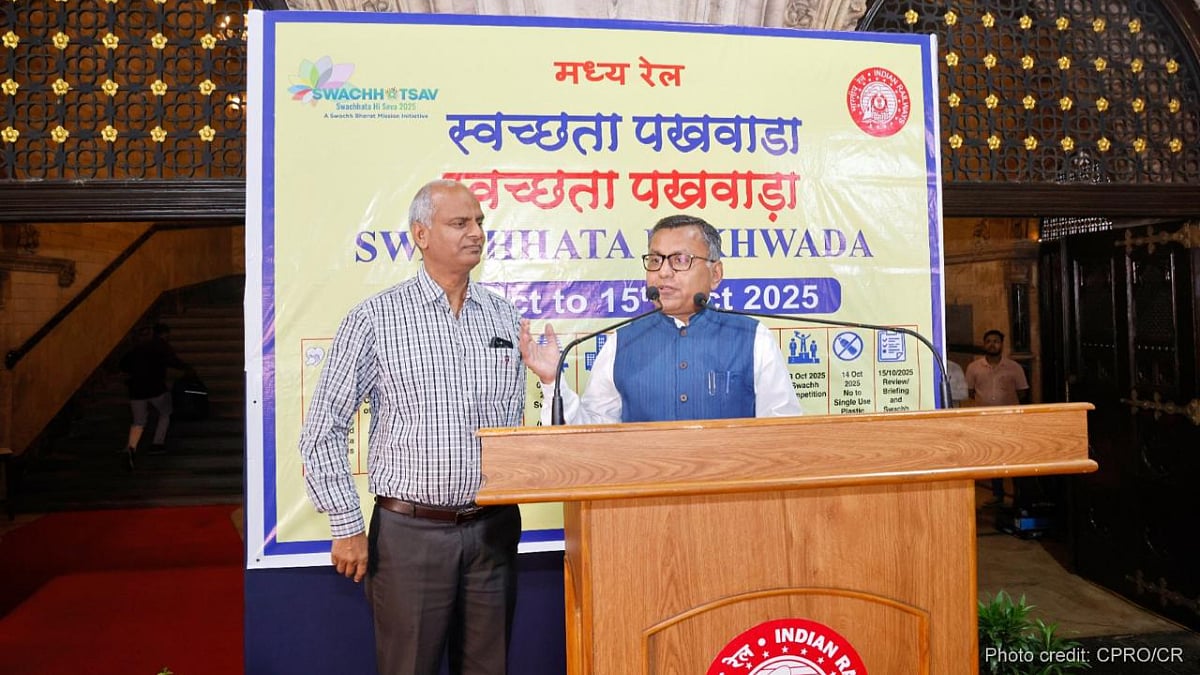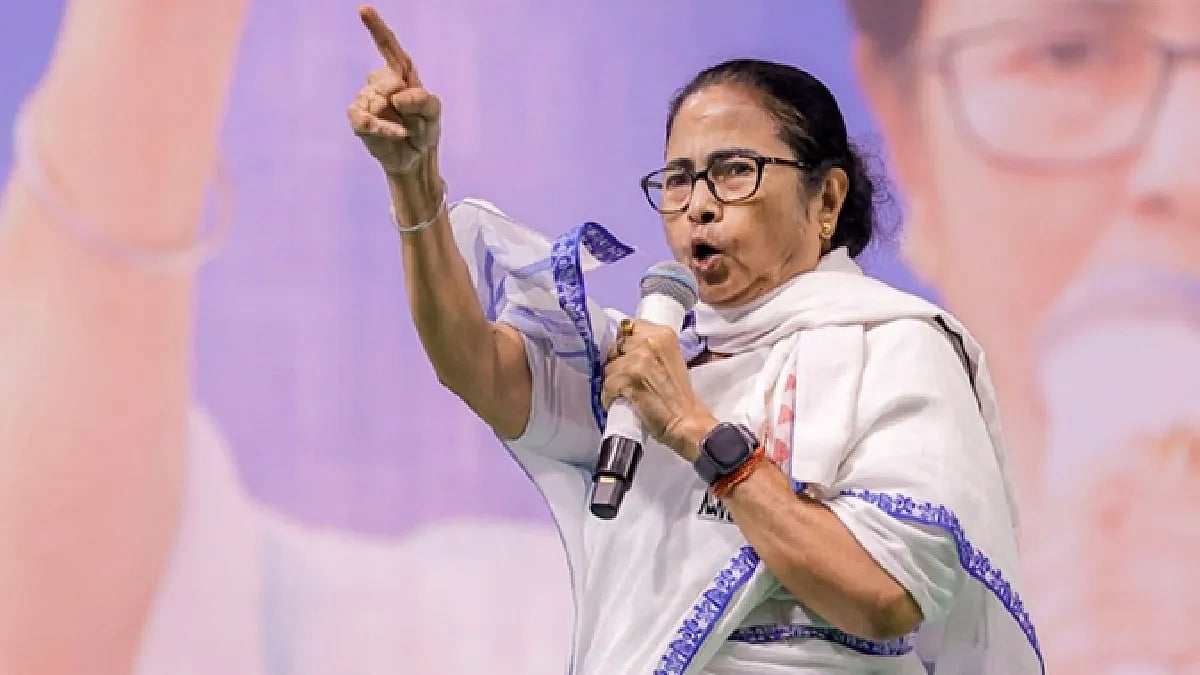Four years after its mega launch, the Goods and Services Tax (GST) has covered a long distance. Before GST came into effect on July 1, 2017, the indirect tax regime was far too complicated: multiple markets across India, with each state charging a different tax rate led to huge compliance costs and inefficiencies. With GST making India a single market for all goods and services, the new tax regime has simplified the complex indirect tax system and reduced inefficiencies and compliance cost.
GST, which subsumed almost all domestic indirect taxes, barring a few major exceptions like petroleum products, alcohol and stamp duty on real estate, under one head, is perhaps the biggest tax reform since Independence. But four years after its implementation, the mega tax reform continues to face significant challenges.
The performance of GST can be analysed on several parameters. But one of the most important parameters, according to experts, to gauge its success is whether it has been able to garner as much tax as was originally estimated. There is a lot of optimism around the fact that recent GST collections have been robust, but in the longer run, GST collections have fallen short on expectations.
Fourth anniversary
On the fourth anniversary of the historic tax reform, Finance Minister Nirmala Sitharaman said that in the last four years the taxpayer base had almost doubled, from 66.25 lakh to 1.28 crore. While commending taxmen for the enforcement measures in dealing with GST fraud, Sitharaman said the enhanced revenue collection – for eight months in a row, GST collections have crossed 1 lakh crore mark – should now be the ‘new normal’. But it is also true that GST has not been able to significantly improve the overall indirect tax to GDP ratio.
Financial Year 2018-19 was the first full fiscal year for the GST. In 2018-19, the Central government hoped to earn Rs 7.44 lakh crore through GST (Budget estimate), but it ended up earning only Rs 5.82 lakh crore, a shortfall of 21.8 per cent. Things continued to remain the same over the next two years: the Central government expected to earn Rs 6.63 lakh crore through GST in 2019-20, but it actually ended with Rs 5.99 lakh crore, which was 9.7 percent lower; in 2020-21, the year of the pandemic, the government expected to mop up 6.91 lakh crore, but it ended up with 5.49 lakh crore, a shortfall of 20.5 per cent, which was expected because of the lockdown and disruption caused by the pandemic.
But the question is: was the GST revenue potential overestimated? It was, going by the shortfall in actual collections against expectations and also the budget estimates. Therefore, the expected GST versus actual collections as a percentage of GDP has fallen, from 3.9 per cent in 2018-19 to 2.8 per cent in 2020-21.
Pending issues
While GST has changed India’s indirect taxation system for the better, there are still many pending issues which need to be addressed. These include bringing items that are still outside the GST regime, like petroleum products, alcohol and real estate, under its ambit, sorting out the issue of compensation to states and providing stability in assessment and disputes. When GST was introduced in July 2017, the GST regime was expected to stabilise in two to three years and the pending items were expected to come under GST after discussions in the GST council.
However, the third anniversary of GST coincided with the pandemic and since then, the Centre and states have been increasingly dependent on excise duties on petroleum products to shore up their revenues. This is probably why, according to experts, the GST council has been reluctant to discuss the matter, as around 30 per cent of the states’ revenue comes from excise duties on petrol and diesel.
In the initial years of GST implementation, the then finance minister Arun Jaitley had promised to reduce the tax slabs to three, by merging the 12 and 18 per cent slabs. However, this remains a distant reality even after four years. Falling revenue amid disruptions caused by the pandemic is said to have continuously delayed the reform, thus leaving a large number of items in the high tax slabs.
Also, when the states had agreed to the GST implementation, the Centre had promised to compensate them for revenue shortfall for the first five years after the rollout of GST. But the pandemic and lockdown have intensified the problem of revenue shortfall for states, as also for the Centre, thus leading to the Centre’s inability to pay the dues to states on time. This has led to tensions in cooperative federalism, with states getting disenchanted with the system.
Structural changes required
Good in intent, but marred by technical glitches and design flaws, the GST regime needs structural changes. The major positive of GST is that it has helped reduce the cascading effect of taxes considerably, as also the multiplicity of compliances under various indirect taxes. It has also brought in efficiencies in indirect tax compliances and reduced the number of indirect tax authorities that business needed to interact with.
Another positive is the concept of e-invoicing, which seeks to ensure greater transparency in supplier-receiver transactions. The introduction of e-way bill and the crackdown on fake invoicing has helped in bringing higher revenues, which were either evaded or under-reported earlier. However, the technical and operational glitches, difficulties in claiming input tax credits and ever-changing rules make compliance a cumbersome process.
While the GST’s journey has given its stakeholders some causes to celebrate, it has also given moments of worry. But then, no transformation of the scale and complexity can be achieved without its share of hiccups and challenges. The process of evolution will take a few years more for the mammoth structural change to stabilize. The four-year journey of GST has been a roller-coaster ride for all stakeholders with equitable share of hits, misses and expectations. A work-in-progress in its transformational journey, GST suffers from several shortcomings which need to be resolved quickly, but its journey to ‘Good & Simple Tax’ is still quite long.
The author is an independent senior journalist










